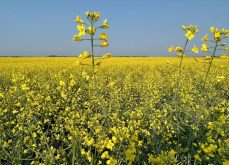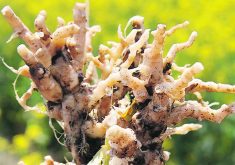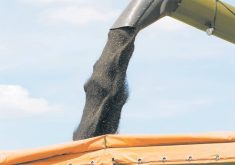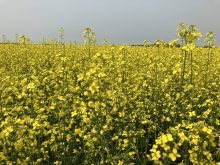It wasn’t a great year for putting top canola varieties through their paces, but the results of the 2021 Canola Performance Trials are in and now available at canolaperformancetrials.ca.
The trials “represent the next generation in variety evaluation for western Canadian canola growers,” states the website. The initiative, funded by Alberta Canola and its sister organization in Saskatchewan and Manitoba, involves 27 small-plot trials (some swathed and some straight cut) and 64 field-scale trials.
An independent third party inspects all trials, which are conducted under a comprehensive set of protocols designed to “provide relevant and unbiased performance data that reflects actual production practices and comparative data on leading varieties and newly introduced varieties.”
That said, the past year was not an easy one for conducting trials.
“Drought conditions and early-season insect pressure proved to be incredibly challenging and contributed to a lower number of successful trial sites,” the website states.
The small-plot trials had 10 LibertyLink varieties, two Roundup Ready varieties and seven TruFlex varieties. They were conducted at 15 locations, which were grouped into three zones based on typical frost-free days, growing degree days and soil type.

Along with yield, the tables for the small-plot trials include days to maturity, lodging scores when available and, in some cases, height. They also include a gross revenue estimate.
The field-scale trials only provide yield numbers. Growers used “their typical production practices” and the harvested canola (all five varieties were LibertyLink) is collected with weigh wagons to determine yield. All of which were supposed to be straight cut, although four ended up swathed and were still entered into the tables.
However, the tables are not meant to be a simple scorecard, the website stresses.
“This report is one of several sources of information to consider in making the best decisions for your farm,” it states. “In addition to evaluating data from sites near your farm, consider several years of data (which is available at the website) from small-plot and field-scale sites grown in a range of agronomic and environmental conditions across Western Canada to make a well-informed choice.”
Read Also
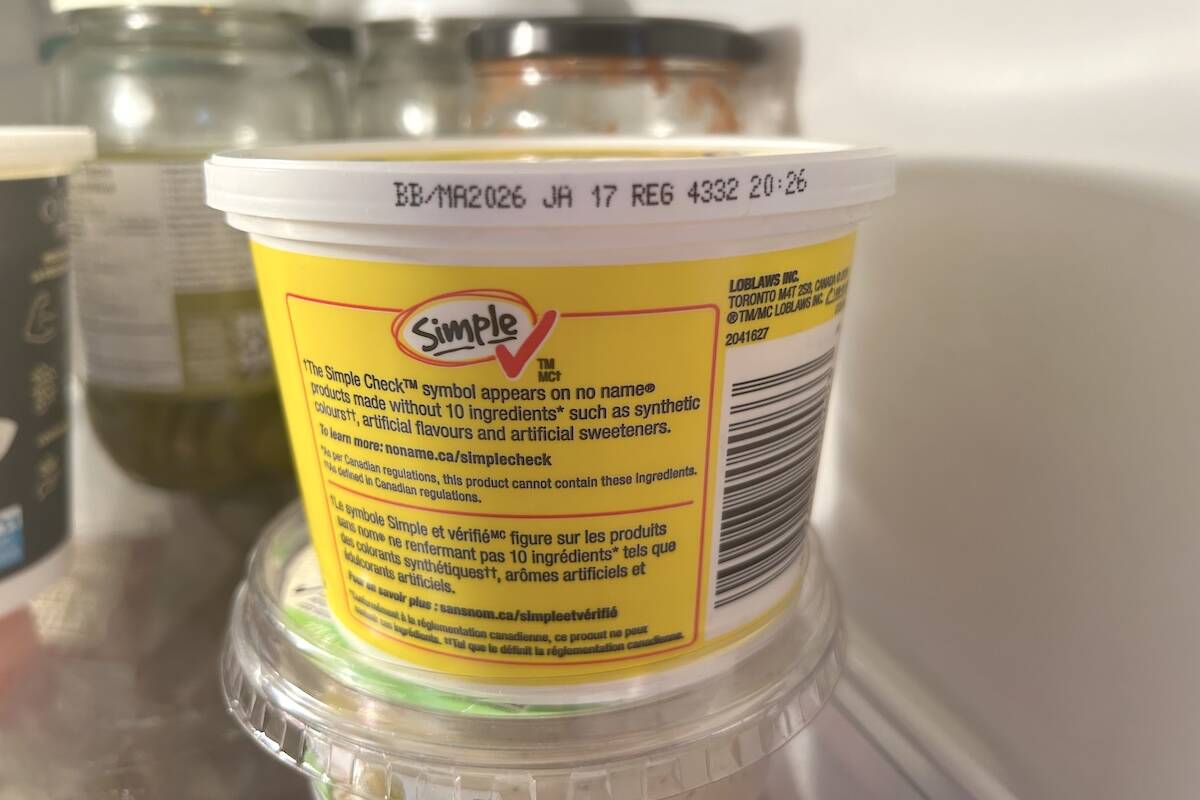
Best before doesn’t mean bad after
Best before dates are not expiry dates, and the confusion often leads to plenty of food waste.
Comparing varieties over a number of years offers a much clearer picture as climate and weather, geography, management, agronomy and other factors all come into play.
“Use caution when basing hybrid performance off a single site or single year average yield,” the website states.




